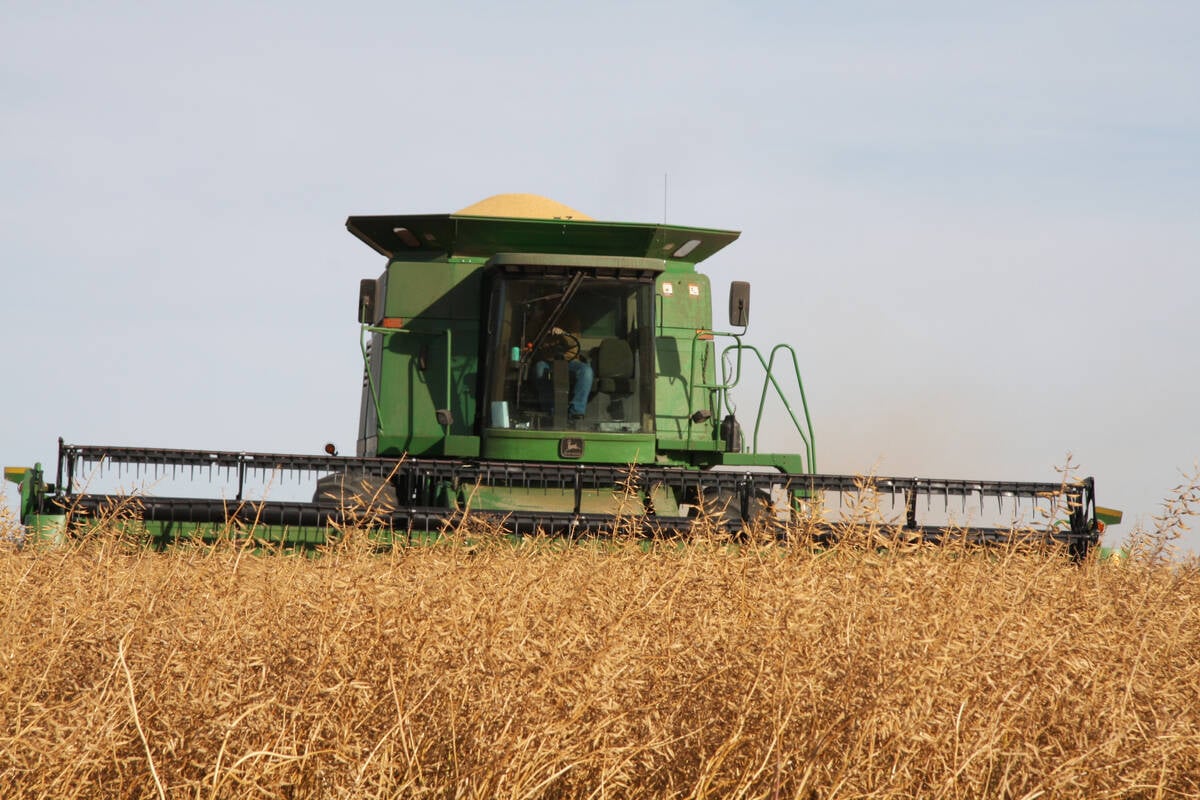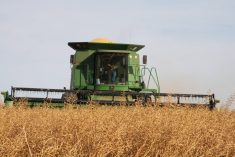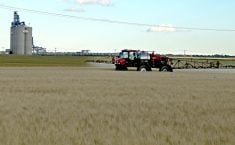This year’s 50 top innovations in agricultural engineering have been awarded, including a larger than usual number of products that could potentially be used in Western Canada.
Each year, a panel of agricultural engineers from the American Society of Agricultural and Biological Engineers chooses what it feels are the most innovative products to reach the international marketplace. The association’s Resource Magazine sponsors the awards.
The best of these will be chosen for further recognition at the ASABE technology conference held in conjunction with Ag Connect Expo in Kansas City this winter.
Read Also

Mustard processor expands in southern Alberta
$30 million expansion for southern Alberta mustard facility adds milling capacity to largest supplier in the world of value-added milled mustard products
The Western Producer will feature several of the top 50 innovations in the upcoming weeks. Visit bit.ly/T66VV9 to view all of the AE50 award winners.
As well, The Western Producer will cover the top finalists from the ASABE annual conference next year.
One of the winners was Versatile’s new ML Series precision air drill.
The new hoe drill relies on an independent shank with parallel linkage but doesn’t use hydraulic pressure to ensure continuous ground following for precision seed and fertilizer placement.
Springs and frame pressure establish seed furrow profile and trip force.
The air drill automatically adjusts packing pressure to maintain the specified seed placement and furrow profile regardless of furrow type selected, soil conditions or terrain.
John Deere has made new automation available that is coupled with its harvest telematics to allow combine operators to assume control of a Deere tractor pulling a grain cart.
Once the combine has control, it can synchronize speed and lateral position of the cart and tractor while unloading on the go.
Machine Sync also provides logistics information such as tank filling status for multiple combines on the company’s GreenStar 3, 2630 Display. Tractor and cart operators can decide which combine will need unloading first based on the screen information.
The KSi Model 2114 high‐capacity conveyor with drive‐over swing‐away can handle pulse crops or any product that benefits from a light touch during elevation.
The drive-over belt is 30 inches wide while the loader belt is 21 inches. The loader can push 10,000 bushels per hour inside its 14-inch tube. The unit uses dual drives to lift grain and oilseeds up to a 36 degree angle while maintaining even tension across the belt width.
The drive‐over section folds beside the main conveyor during transport and is hydraulically shifted into position for loading or trailing. It is available in 85, 100 and 115 foot lengths.
The New Holland 840CD rigid draper header for small grain is available in 25, 30, 35, 40 and 45-foot widths and uses the company’s Syncroknife drive.
It has an integrated transport system and its hydraulics are isolated between functions, which allows for independent adjustment of knife speeds and draper controls.
Cab controlled cut angles from four degrees forward to three to the rear assist in crop flow on the 83 inch wide in-feed belts.
Vermeer’s new BPX9000 bale processor is a high capacity bale feeder for beef cattle producers. Its cut control system produces quality feed while its self cleaning rotor keeps net and twine from tying up the drum.
An optional square bale kit allows round and square bales to be processed. A T-shaped frame unit relies on a slat and chain bed and offset rotor, keeping maintenance to a minimum.
A pivoting spout allows the Casein Axial Flow 230 combines to aim grain unloading within the truck or cart.
A computer system learns and retains the location that is being used, but it can be instantly directed to another position for differing boxes. The stream can be diverted up to two feet without loss of unload capacity. When disengaged, the unit becomes a grain saver by pivoting up to stop the dribble of grain from the auger.

















